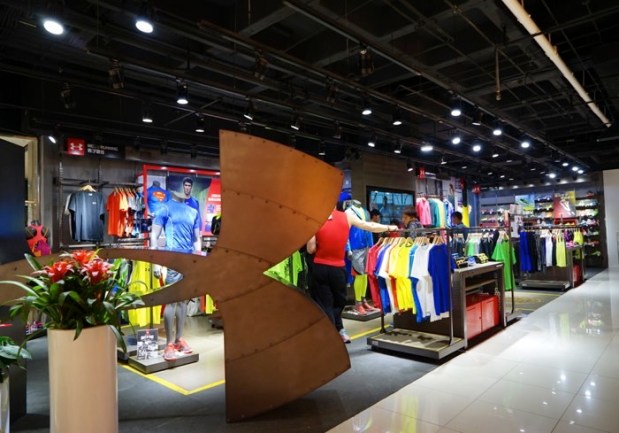The Importance Of Social Currency In Retail

Customers’ tastes, habits, preferences, opinions and attitudes are constantly shifting. A new study looking at the changing habits of consumers explores the role that social currency has in influencing consumers’ shopping habits and preferences.
So what is social currency?
Put simply, social currency is anything that a consumer shares about themselves – be it online, via social media or in person – because they believe it will make others like them. Social currency can be a very important factor when it comes to consumers’ retail decisions.
“Whether you lead a business transformation project, a brand repositioning or new brand development project, whether you are in charge of creating new products, services and seek to help your company to innovate, or whether you merely want to improve your marketing or advertising, understanding consumers and customers matters more than ever,” stated a report from the research group Vivaldi entitled “The Power Of Social Currency.”
Vivaldi defines today’s social consumer as those who “manage their lives and achieve their goals” through the use of technology; make decisions through limited time, effort or attention; use social media as a primary means of entertainment or information; and are “efficient” in their shopping habits and have no problems comparing products and prices online for the best deal.
“Today consumers don’t serve brands; they serve themselves,” according to the study. “They use their social connections to create their reality, to manage their lives, to get the job done whether it is searching, evaluating, or buying or using a product or service or brand, and proactively talk about brands only in so far as it helps them establish themselves.”
Today’s brands, Vivaldi says, need to “fit into how consumers manage their social lives in today’s digital and mobile age.”
In order to do this, brands must be cognizant of their relationship with the consumer and how their image plays into the consumer’s own self-image and self-esteem. Consumers also want to feel a sense of “kinship” with others who use the same brand. They want their brands to communicate a sense of who they are. They want to be able to share engaging content about their brands and purchases. They want to be engaged with their brands. And they want their brands to help them form new social connections or relationships.
This seems like an awful lot for the modern consumer to be asking of his or her brand choices. And it is, which is why Vivaldi’s data shows that 70 percent of all brands and retailers who launch digital transformation efforts should expect those efforts to fail.
So then which brands are effectively using social currency to target, engage and retain consumers the most successfully?
Nike was the top performing brand in the study with a social currency score of 120, which comes from the brand’s average score across a measure of seven different categories in how it relates to consumers: personal identity, social identity, expression, conversation, affiliation, information and utility.
Nike’s social currency score was 20 percent higher than the average of the 90 “industry-leading” brands the study focused on.
Under Armour also scored highly in the study with a social currency score of 112, which is why Vivaldi believes the brand has so effectively been able to challenge larger sports apparel brands like Nike and Adidas and continues to eat away at market share.
“While smaller than Nike ($31 billion in revenue) and Adidas (over $16 billion in revenue), Under Armour ($4 billion) has grown rapidly since its founding 20 years ago and has a leg up on the competition, to use athletic language, in terms of its $16 billion market cap. This multiple is unrivaled,” according to the study. “Under Armour’s success has to do with a number of factors but at its core is how the company runs its business operations, how it competes on a few fundamentals that keep it close to a rapidly changing customer, and how it leverages social currency.”
The top 10 brands in the study in terms of social currency were: 1.) Nike; 2.) Subway; 3.) Olive Garden; 4.) Southwest; 5.) Honda; 6.) Levi’s; 7.) Wendy’s; 8.) Under Armour; 9.) Chili’s; and 10.) Toyota.
“A higher Social Currency increases consumers’ likelihood to choose a brand by +27 percent on average,” according to the study. “… A high Social Currency score corresponds on average to a +19 percent greater willingness to pay a price premium.”
